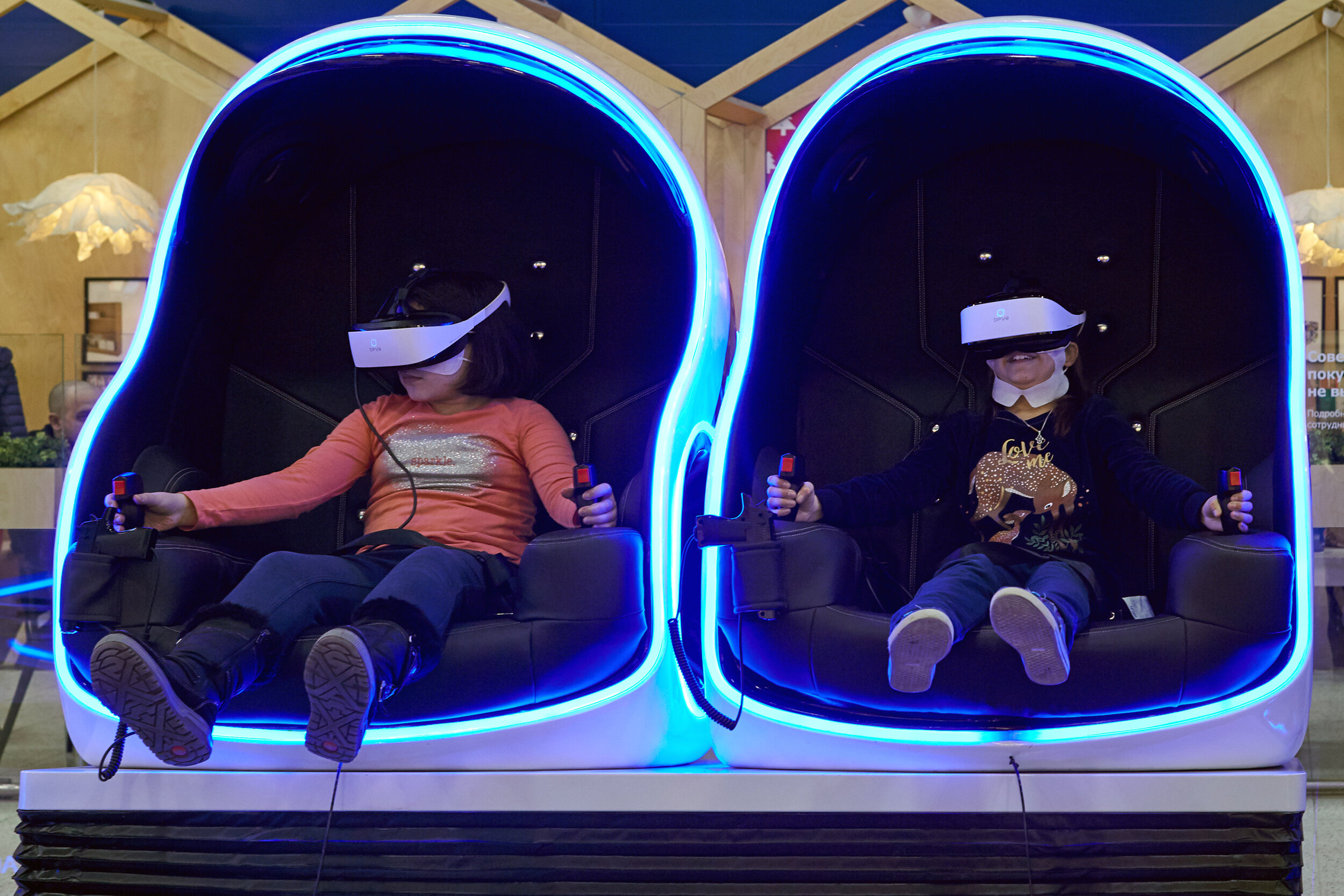Coming Soon To a School Near You…
Virtual reality is an environment produced with computer simulation. It can be used in many fields from hospitals to entertainment. Virtual reality is a close friend of augmented reality. But if virtual reality means a whole new environment, augmented reality is more about augmenting the existing physical world with text, data, sounds and graphics. There is also a third sibling in the town, mixed reality (MR). According to the software company Intel, mixed reality means that you can for example play a virtual video game, grab a real-world water bottle, and smack an imaginary character from the game with that bottle.
Even though VR has been “the next big thing” for a while now, it has yet to fulfil its promises. For now, the use of VR and AR often require a headset, which are most of the time a bit too bulky to be comfortable. Competition in developing more practical headsets is tight, and it is likely that there is a breakthrough in the near future. It is thought that AR will be integral part of the life for generation Alpha (born between 2010–2025), and the technology may develop so much that VR/AR devices will be the major device we work with instead of computers and mobiles.
When talking about AR, VR or MR, many people still picture these technologies as something that will have an effect on entertainment and enable virtual traveling, for example. However, this isn’t the case. In the education sector, these technologies will be used to enhance students’ memory and understanding of the subject they are studying. Two years ago an aerospace firm Boeing adopted AR glasses in its assembly process and training. According to Boeing, this increased productivity 40 percent. In the education sector with small children, AR tools are coloring books, which come to life. The Finnish children’s TV series Dibitassut has been using AR-technology in its products since 2010. It is very much likely that in the not so distant future, AR will be part of most learning experiences at every level and subject. Augmented reality can also be linked with gamification technology, which is booming during the pandemic that has forced us study and learn remotely.
This technology is excellent, but there are some ethical issues to consider. Data collection is one of them, and the questions of AR/VR/MR technologies impact on mental health and their possible addictive nature needs to be addressed. With the current economical climate, there is also a threat of the use of these technologies deepening the gap between those who have access to the latest technology and those who cannot afford it. But then again, we could hope that AR/VR and MR are part of the answer to these problems.
Writer Kati Melto
This blog is a collaboration with Education House Finland and Futures Platform. Education House Finland is a company that ensures your child and company has the benefit of using only the best educational solutions with scientifically proven results. Futures Platform is an online foresight toolthat helps companies to make their plans future proof with a team of highly skilled foresight experts and futurists. Understanding the past and foreseeing the future can help us to make better decisions today. Start your free trial of the tool today https://www.educationhousefinland.com/educationhousefinlandxfuturesplatform. We also collaborate withFutures. with Jeremy Williams, a podcast taking overview on the future of education. You can listen to it here https://anchor.fm/futures





